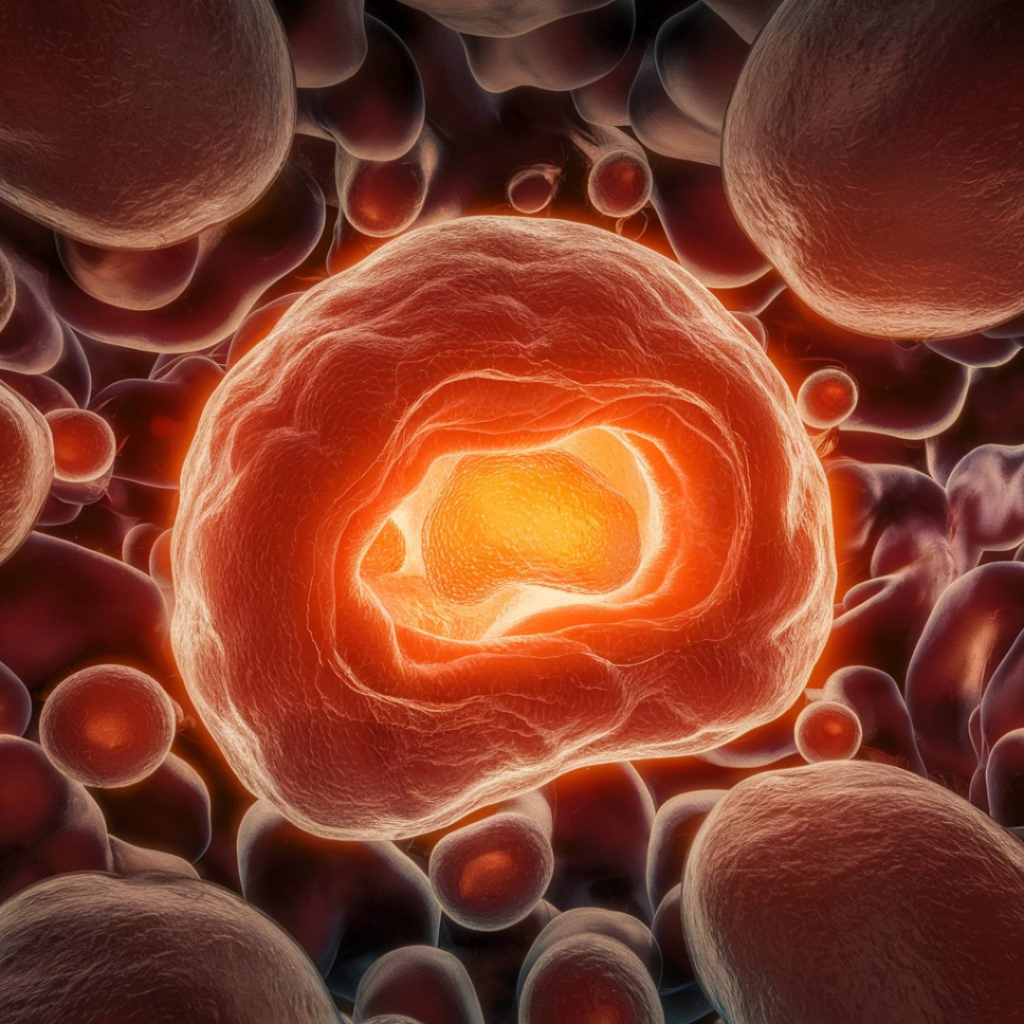Brown Adipose Tissue, Nature’s Secret Weapon for Energy and Weight Management

Brown Adipose Tissue (BAT):
Brown adipose tissue (BAT), also known as brown fat, is a type of fat found in mammals, including humans. a unique type of fat that plays a crucial role in heat production and energy expenditure. Unlike white adipose tissue (WAT), which stores energy and contributes to weight gain, brown fat helps burn calories and can potentially aid in weight management. Discover the science behind brown fat, its key features, and how it could be a game-changer for your health.
Unlike white adipose tissue (WAT), which stores energy in large fat droplets and is associated with weight gain and obesity, brown fat is specialized for heat production and energy expenditure. Here’s an overview of its key features and functions:
Key Features:
- Composition: Adipose tissue is of course brown, from the high number of mitochondria, which are rich in iron that are responsible for the tissue’s energy burning capabilities.
- Location: Small deposits in humans are often found around the neck, shoulders, and along the spine, Infants have a higher proportion of brown fat than adults but are still present and functional.
- Function: The primary function of brown fat is thermogenesis, which is the production of heat. Thermogenesis in brown fat is facilitated by a protein called uncoupling protein 1 (UCP1), which allows the mitochondria to generate heat by burning calories.

Benefits and Significance:
- Energy Expenditure: Brown fat burns calories to produce heat, which can help in reducing overall body fat and combating obesity. This makes it a potential target for weight loss therapies.
- Insulin Sensitivity: Brown adipose tissue has been shown to improve insulin sensitivity, which can aid in the management of diabetes and metabolic syndrome.
- Metabolic Health: By increasing energy expenditure and improving glucose metabolism, brown fat contributes to better overall metabolic health.
- Adaptive Thermogenesis: Brown fat’s ability to generate heat in response to cold exposure helps regulate body temperature and protect against hypothermia.
Activation of Brown Fat:
- Cold Exposure: Exposure to cold temperatures is the most natural way to activate brown fat. Activities such as cold showers, ice baths, or spending time in a cold environment can stimulate thermogenesis.
- Foods and Compounds: Some studies suggest that certain foods and compounds, such as capsaicin (found in chili peppers) and catechins (found in green tea), may activate brown fat.
- Exercise: Regular physical activity has been associated with increased brown fat activity and improved metabolic health.

Conclusion:
Brown adipose tissue plays a crucial role in energy metabolism and thermogenesis. Its ability to burn calories and produce heat makes it an interesting target for research in weight management and metabolic health. Understanding how to activate and utilize brown fat can potentially lead to new strategies for combating obesity and related metabolic disorders.




